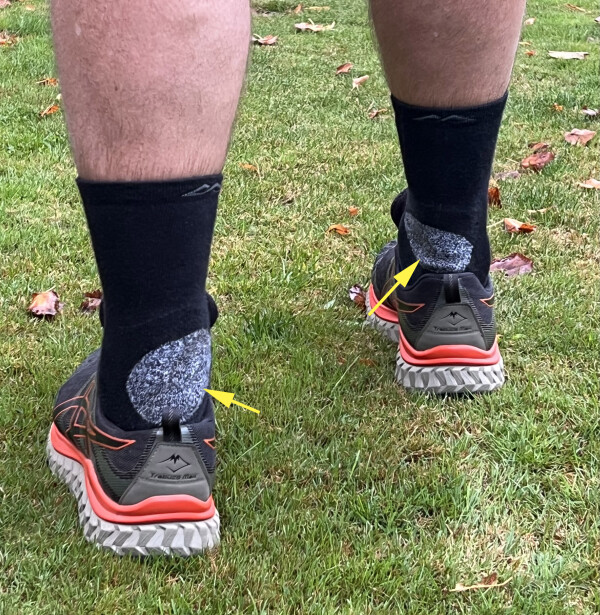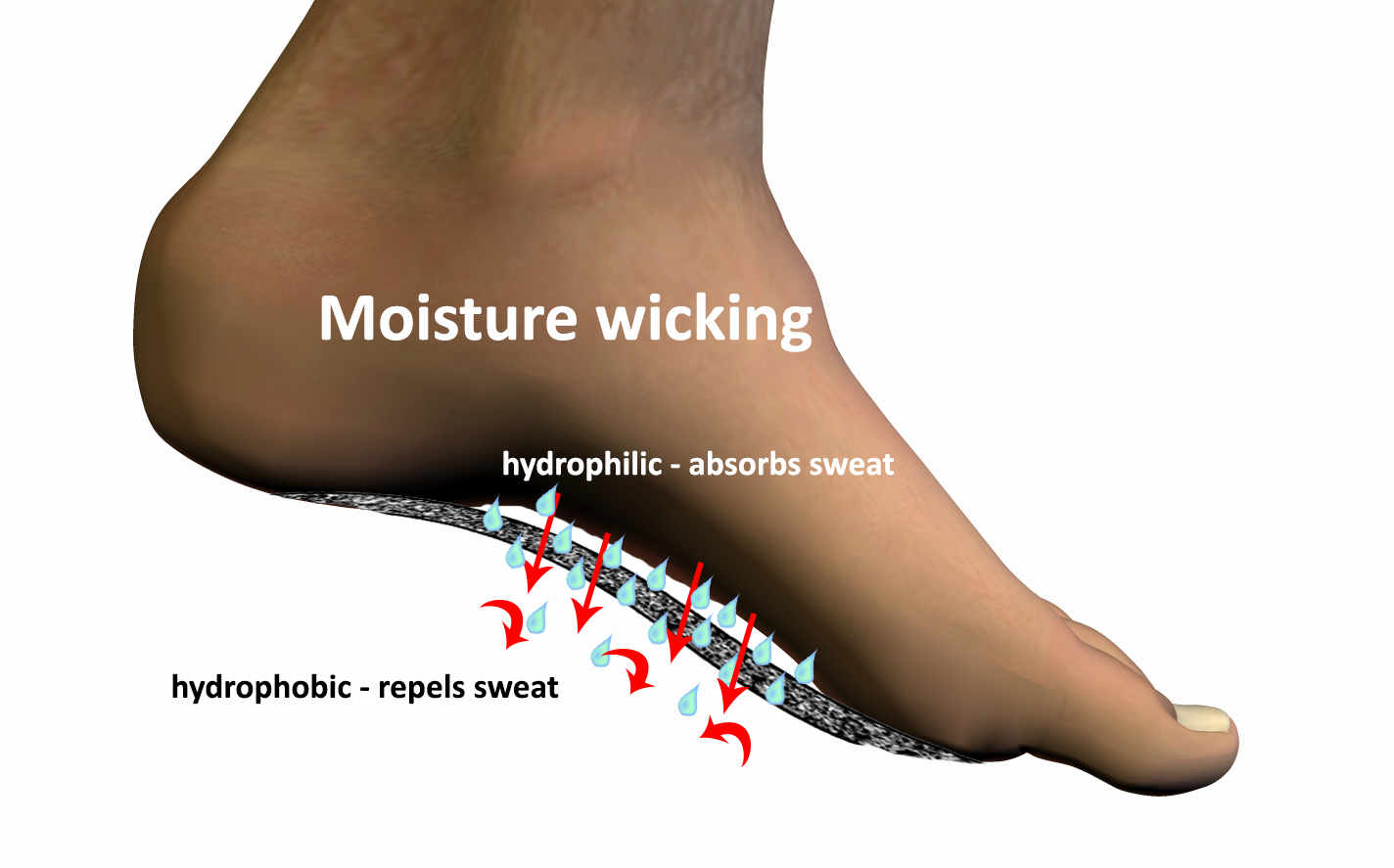The Humble Hiking Sock
Treating patients with avoidable tramping injuries is becoming more common for Greg Woolman, head podiatrist at Christchurch’s Sports Clinic. With broad experience in research combined with his hands-on experience working with elite athletes and sports teams, Greg has important yet easy footcare advice to help trampers avoid those niggles while out on the tracks, and ultimately remain injury free.
This article is one of a series written by sports podiatrist Greg Woolman for the NZ Mountain Safety Council.
Socks are an essential piece of hiking equipment. Fortunately, walkers and hikers are spoilt for choice in this ever-expanding market. Hikers know full well that socks need to protect their feet as well as add comfort when slogging away on tracks and trails for hours or days at a time.
With many sock options on the market, how do you make sense of the array of options? Merino is the buzz for most base layers but what about for socks? First, it’s important to know some of the technical aspects of socks so you can quickly sort the good from the bad.
What makes the ideal hiking sock?
Materials
Materials have become very sophisticated. Sock fibres that absorb moisture are called hydrophilic (absorbent), whilst fibres repelling moisture are hydrophobic (non-absorbent). For example, cotton socks absorb moisture exceptionally well, yet sweat remains within the sock which can then become sodden, wrinkled and cause blistering. On the other hand, polypropylene is extremely hydrophobic, and repels moisture so well that moisture wicking cannot occur.
- A damp or wet foot is far more prone to blistering – twice as likely in fact!
Each foot can produce over 500mls of sweat during a day's tramp, so to minimise moisture accumulation on the surface of the skin, the sock needs to move this moisture away.
- Breathability - the sock should also enable ventilation to keep your feet cooler and assisting evaporation. Some models have vented areas usually placed in non-weightbearing zones.
A fine balance between these two properties makes for the perfect sock material. Some sock materials like Drymax® incorporate two layers that contains a hydrophillic inner layer and hydrophobic outer layer. Very clever!
CoolMax® have four channels built into their sock fibre geometry increasing the surface area for higher sweat transfer in a capillary like action. Double layer material systems in sock design can therefore reduce blistering compared to single layer systems.
Handy tip: Socks will always require some synthetic material to give it shape and compression for a better fit. You will always see nylon, lycra, elastine, spandex, or polyester as lower percentage components of hiking socks. Without these materials, the sock won’t stay in position on the foot.

These are too big as the heel knit part of the sock reveals
Merino is the top choice
The most comfortable and recommended hiking sock are however made of merino wool.
Deriving from sheep that live at altitude (i.e. a lot of moisture), merino is pretty amazing. The fine crimped fibres of merino with greater air space between each, helps to wick moisture and create a soft comfortable feel.
Wool is also anti-microbial (won’t smell for a while) which is important for multi-day hikes. It is also frequently blended with hydrophilic synthetic fibres in double layer sock construction to improve its moisture wicking ability.

Moisture wicking diagram
How much cushioning is too much?
Don’t rely on a sock for cushioning as both boot and insole should do this for you.
The issue with some cushioned socks is that they can add too much bulk to your boot which can create increased foot pressure.
For some trampers lacing pressure can cause pain on the top of the foot. A sock padded in this area can be very useful.
As a rule: thicker socks are probably best considered for winter use.
How should a sock fit?
- Make sure the size of the sock is correct for you. It should feel snug and not too tight when worn. The woven heel cup of the sock should conform nicely and match the position of your heel.
- Where possible choose seamless options as this minimises blistering. Some socks have compression areas that can enhance fit and increase ventilation. This bonus feature can help prevent wrinkling keep the sock in position and facilitate cooling.
Tip: There is no need to wear two pairs of socks nowadays given the variety on the market. Some old timers swear by the double-sock method but this will impact boot fit.
Socks like tramping boots come down to personal preference so do experiment with different options. Some well-reviewed sock brands include: Darn Tough, Icebreaker, Smartwool, Macpac, Bridgedale.
Pack a spare pair of socks to put on when you reach your destination, and try to dry socks overnight before the next day.
Tip: Waterproof boots and gaiters can help keep your feet dryer for longer.
Take home messages
- Choose your sock before your shoe as your shoe size may be affected.
- Experiment with sock choice well in advance.
- Thicker is not necessarily better.
- Sorry folks but cheap socks are usually unreliable.
- Always take a spare pair of identical socks on your hike
- A double-layered sock are best
- If in doubt always purchase merino
Read his other story on how to treat blisters
Photos: Supplied. Header photo: Caleb Smith